Equipment
Should you be using a blade or mallet putter?
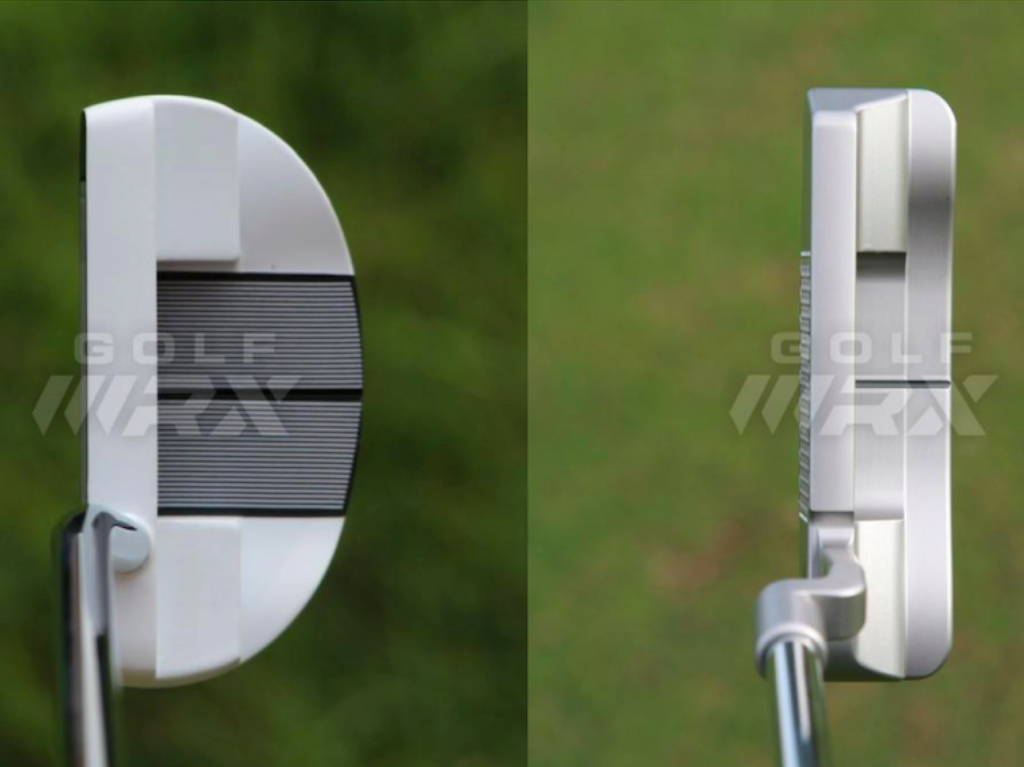
‘Should I use a blade or mallet putter?’ It’s a frequent question, and here we will provide you with our essential guide to help you decide.
Blade vs Mallet: Which style suits you?
As far as golf equipment goes, your putter may be the most critical item in your bag. That’s why it’s crucial to know the key features of both blade and mallet putters and what they are designed to provide so that you can closely identify which style of putter your stroke and game require to help you lower your scores.
Blade Putter
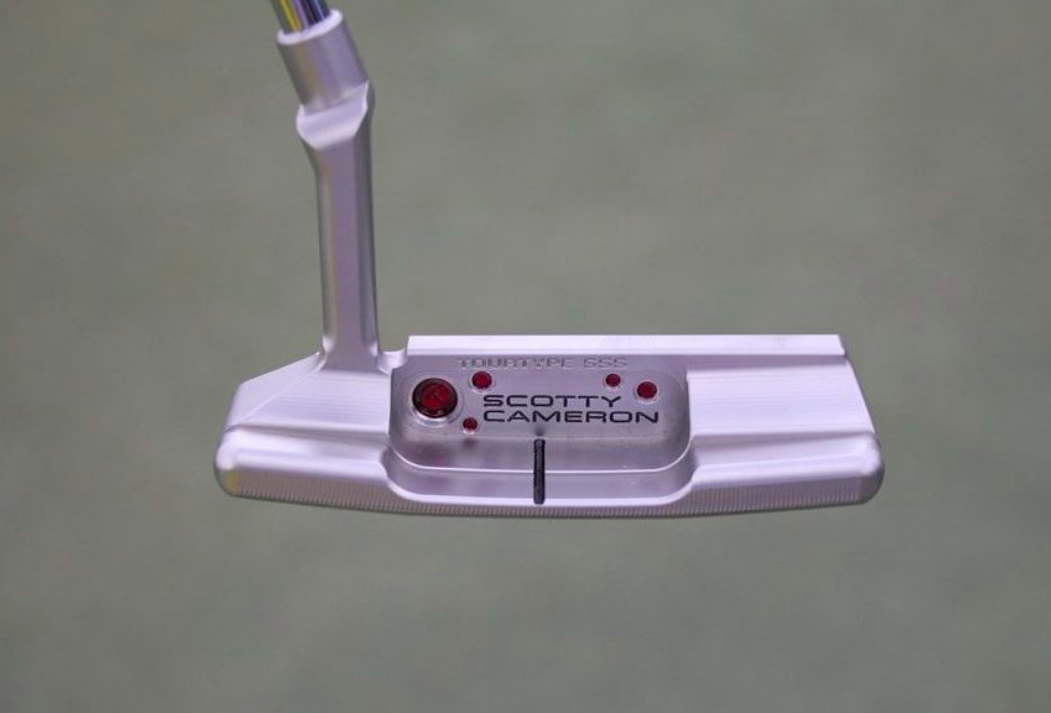
The traditional blade putter features a sweet spot positioned closer to the heel and designed to offer maximum feel to golfers on the greens
A blade putter contains a traditional head shape and is a favorite amongst golf ‘purists’. Blade putters are heavily toe-weighted with a sweet spot positioned closer toward the heel. This sweet spot position is because the shaft connects to the club head of the blade at the heel or sometimes center of the blade. This heavy toe-weighting and heel sweet spot means that blade putters will typically suit players who have an arc in their putting stroke.
Mallet Putter
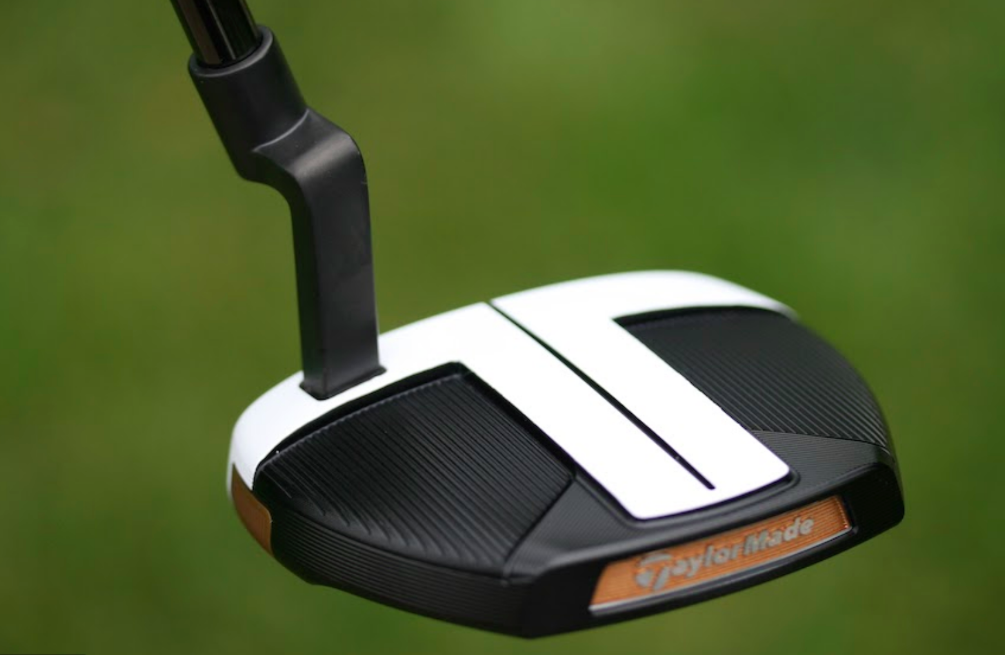
A mallet style putter gives players stability and balance in their stroke.
The more modern style mallet putter is a flat-stick with a larger head. The heads come in various shapes and sizes, and because of the size, a lot of the weight is often distributed away from the clubface so that players find plenty of stability and balance in their stroke.
The ‘game improvement’ style of the mallet putter means that the larger sweet spot will help players who struggle to strike the ball directly in the center of the face, and the added weight in the clubhead is designed to prevent the putter twisting during the stroke.
Mallet putters also offer additional aid when it comes to alignment, offering more prominent features than a blade such as longer or added lines and can also benefit golfers who struggle to hit putts hard enough due to its heavier weight.
Do pros prefer blade or mallet style putters?
With the 2020 season in the books, we can take a look at who were the top-10 performers in the Strokes Gained: Putting department for 2020 and see what style of putter they used:
- Denny McCarthy: Scotty Cameron Tour-Only Fastback – Mallet
- Matthew Fitzpatrick: Yes C-Groove Tracy II – Blade
- Andrew Putnam: Odyssey White Hot RX No. 5 – Mallet
- Kristoffer Ventura: Scotty Cameron Newport – Blade
- Kevin Na: Odyssey Toulon Madison – Blade
- Matt Kuchar: Bettinardi Kuchar Model 1 – Blade (Wide)
- Ian Poulter: Odyssey Stroke Lab Seven – Mallet
- Mackenzie Hughes: Ping Scottsdale TR Piper C – Mallet
- Maverick McNealy: Odyssey Toulon – Blade
- Bryson DeChambeau: SIK Tour prototype – Blade
Blade style 60% vs Mallet style 40%
Should I use a blade or mallet putter?
Typically, this choice comes down to feel and stroke. Your stroke, just like the stroke of a professional, is unique, and your stroke will determine which style of putter will help you perform best on the greens. Like any other club in your bag, fitting and testing is a key element that shouldn’t be overlooked.
That being said, there are two prominent strokes and identifying which category you fall into can help identify where you fall in the Blade vs Mallet putter debate..
Square-to-square stroke vs Arced stroke
Square-to-square stroke
A square-to square stroke is when the putter face is lined up square to the target, and the stroke is straight back and through. If you possess a natural square-to-square stroke, you may be more suited to a mallet putter. The reason for this is that a mallet putter is face-balanced with the center of gravity positioned toward the back of the club meaning the club is designed to stay square to the putter path all the way through the stroke.
Arced stroke
An arced stroke is when the putter face will open and close relative to the target, and the stroke travels on a slight curve. Should you possess an arced stroke, then a blade putter may be more suited for you because of the natural toe-weighting of the blade-style putter.
Other factors to consider
Feel players will also usually opt for a blade-style putter, due to the desire to feel the way the ball reacts off the putter face which allows them to have more control over their putting and to gain confidence.
Don’t put aside the issue of aesthetics when considering the issue too. The look of a putter can inspire confidence, and each individual will feel different when placing either a blade or mallet-style putter behind the ball at address, so choosing a style which makes you feel comfortable is an important aspect to consider.
Hopefully, you’ve now got more knowledge as to how you can find the right putter shape for you and your stroke. At the end of the day, the right putter for you, whether it’s a blade or mallet, will be the one which helps and inspires you to make more putts.
- LIKE446
- LEGIT62
- WOW26
- LOL22
- IDHT13
- FLOP18
- OB13
- SHANK55
Equipment
Coolest thing for sale in the GolfWRX Classifieds (4/18/24): TaylorMade BRNR mini driver head
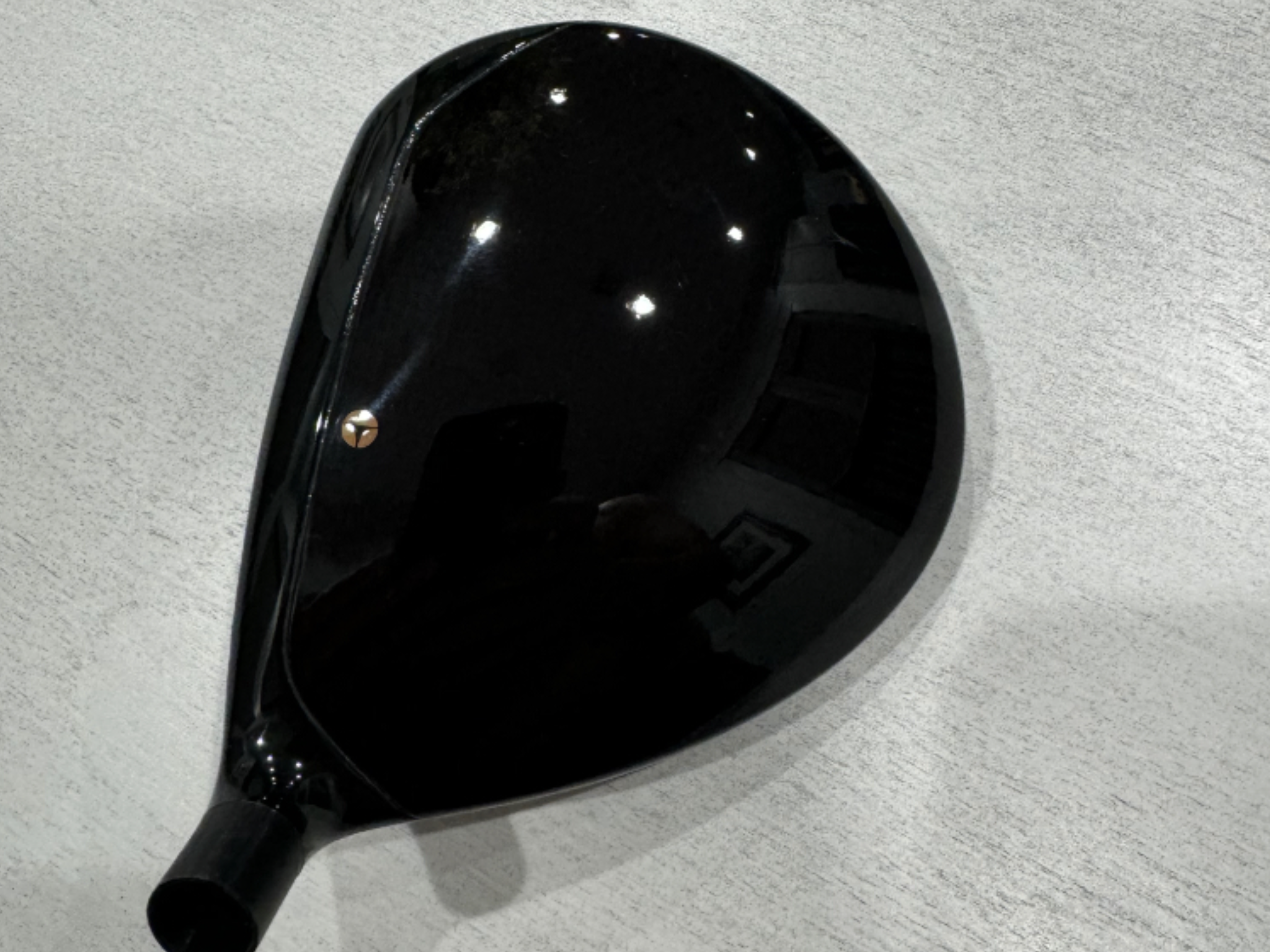
At GolfWRX, we are a community of like-minded individuals that all experience and express our enjoyment of the game in many ways.
It’s that sense of community that drives day-to-day interactions in the forums on topics that range from best driver to what marker you use to mark your ball. It even allows us to share another thing we all love – buying and selling equipment.
Currently, in our GolfWRX buy/sell/trade (BST) forum, there is a listing for a TaylorMade BRNR mini driver head
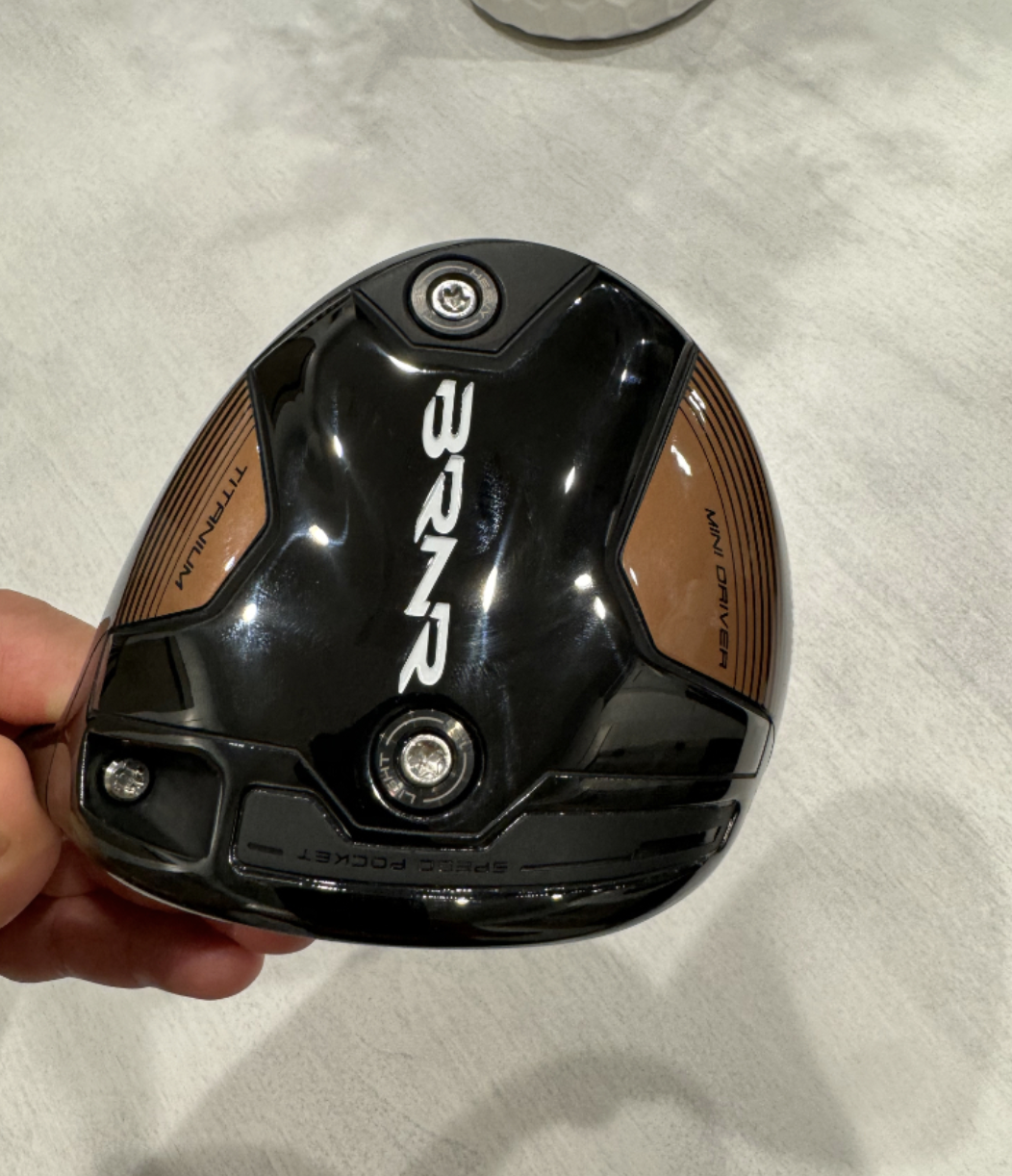
From the seller: (@lasallen): “For sale is a BRNR mini 11.5 deg head only in brand new condition. $325 shipped.”
To check out the full listing in our BST forum, head through the link: TaylorMade BRNR mini driver head
This is the most impressive current listing from the GolfWRX BST, and if you are curious about the rules to participate in the BST Forum you can check them out here: GolfWRX BST Rules
- LIKE0
- LEGIT0
- WOW0
- LOL0
- IDHT0
- FLOP0
- OB0
- SHANK0
Equipment
Coolest thing for sale in the GolfWRX Classifieds (4/18/24): Ping PLD Limited Anser – 1988 Open Championship – #2 of only 88 Made
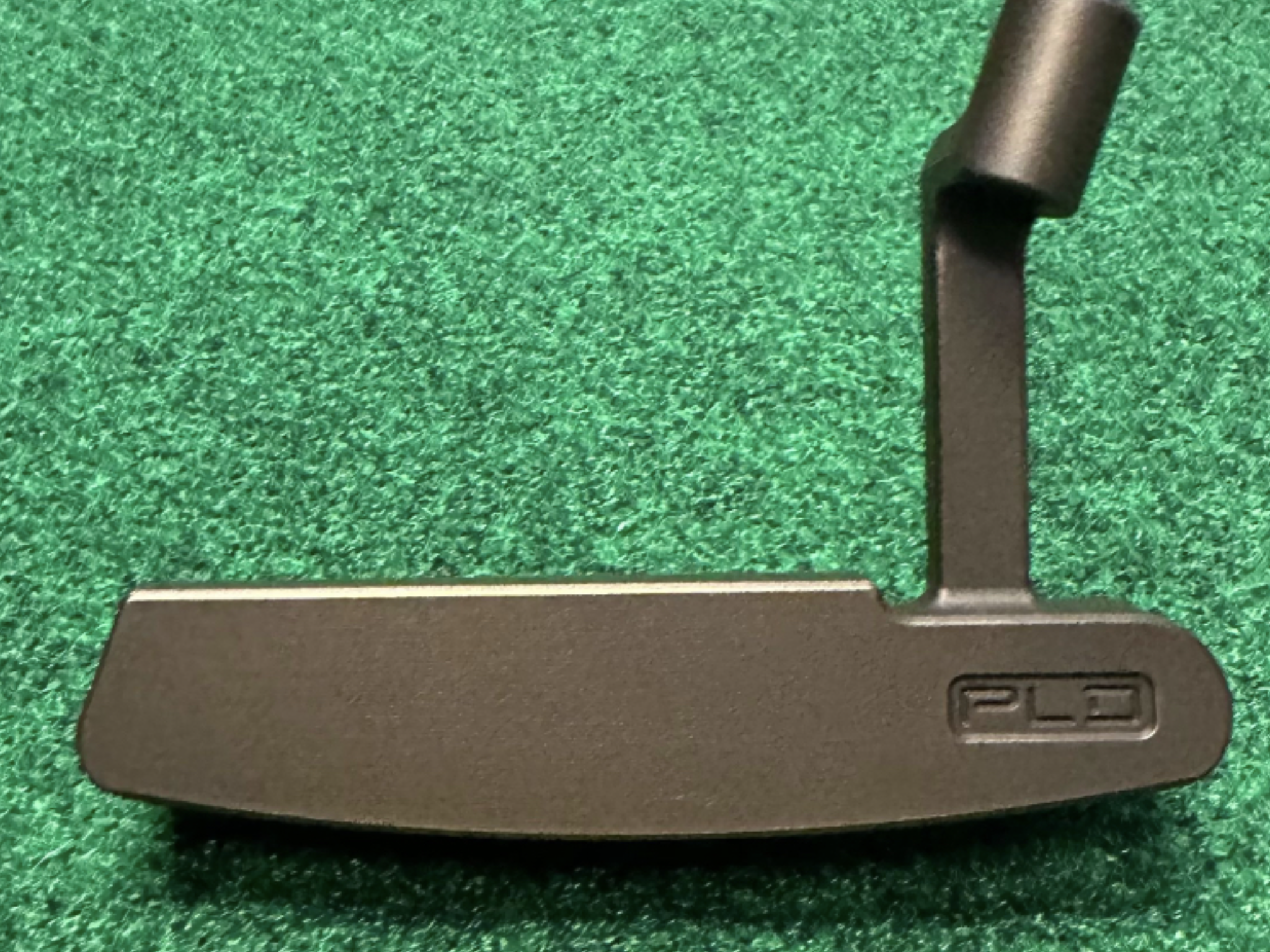
At GolfWRX, we are a community of like-minded individuals that all experience and express our enjoyment of the game in many ways.
It’s that sense of community that drives day-to-day interactions in the forums on topics that range from best driver to what marker you use to mark your ball. It even allows us to share another thing we all love – buying and selling equipment.
Currently, in our GolfWRX buy/sell/trade (BST) forum, there is a listing for a Ping PLD Limited Anser – 1988 Open Championship – #2 of only 88 Made.
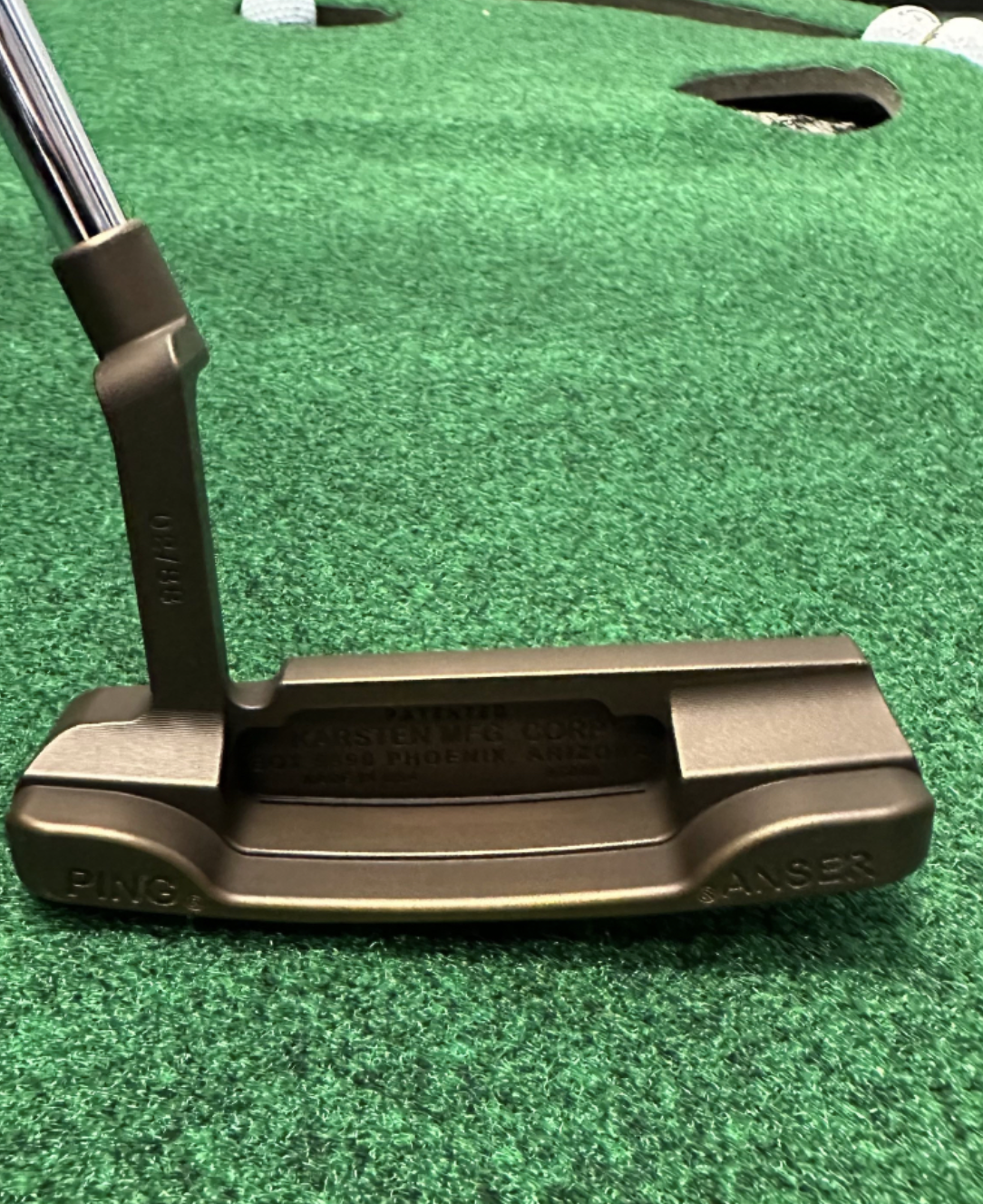
From the seller: (@DLong72): “Ping PLD Limited Anser – 1988 Open Championship – #2 of only 88 Made. ?: $1150. ?? 100% milled collectors item from the limited releases commemorating when Ping putters won every major in 1988 (88 putters made). This was the model Seve Ballesteros used to win the 1988 Open Championship. Condition is brand new, never gamed, everything is in the original packaging as it came. Putter features the iconic sound slot.
Specs/ Additional Details
-100% Milled, Aluminum/Bronze Alloy (310g)
-Original Anser Design
-PING PP58 Grip
-Putter is built to standard specs.”
To check out the full listing in our BST forum, head through the link: Ping PLD Limited Anser – 1988 Open Championship – #2 of only 88 Made
This is the most impressive current listing from the GolfWRX BST, and if you are curious about the rules to participate in the BST Forum you can check them out here: GolfWRX BST Rules
- LIKE1
- LEGIT0
- WOW0
- LOL0
- IDHT0
- FLOP0
- OB0
- SHANK0
Equipment
Inside Collin Morikawa’s recent golf ball, driver, 3-wood, and “Proto” iron changes
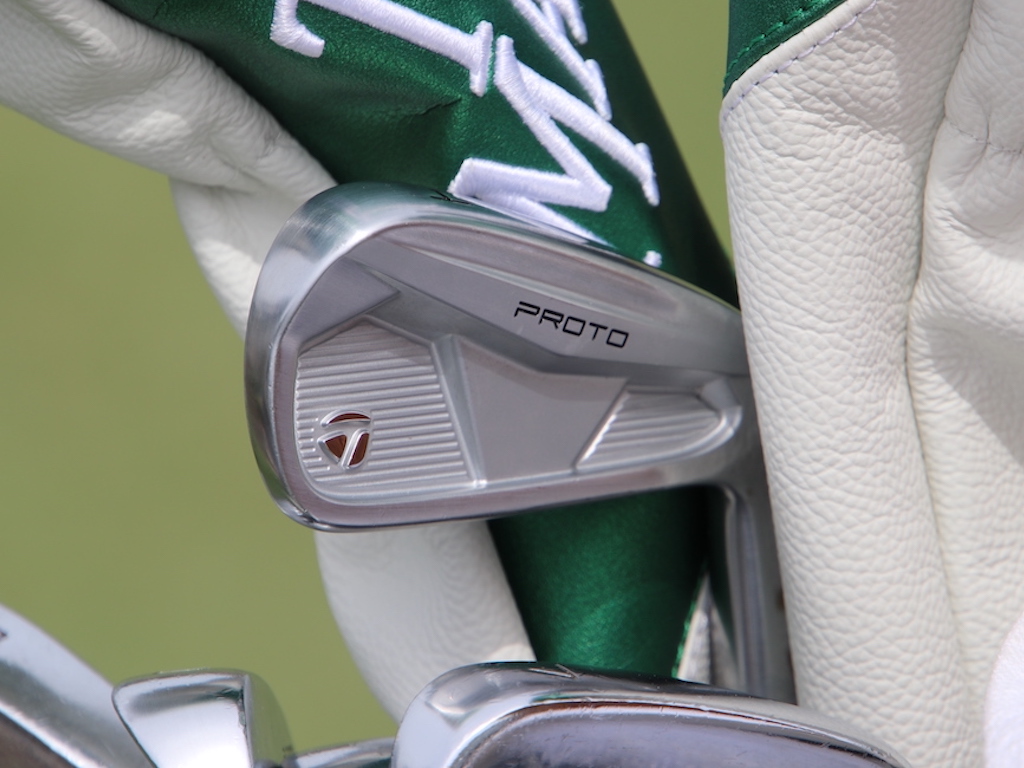
As you probably know by now, Collin Morikawa switched putters after the first round of The Masters, and he ultimately went on to finish T3.
The putter was far from the only change he made last week, however, and his bag is continuing to change this week at the 2024 RBC Heritage.
On the range of The Masters, Morikawa worked closely with Adrian Reitveld, TaylorMade’s Senior Manager of Tour at TaylorMade, to find the perfect driver and 3-wood setups.
Morikawa started off 2024 by switching into TaylorMade’s Qi10 Max driver, but since went back to his faithful TaylorMade SIM – yes, the original SIM from 2020. Somehow, some way, it seems Morikawa always ends up back in that driver, which he used to win the 2020 PGA Championship, and the 2021 Open Championship.
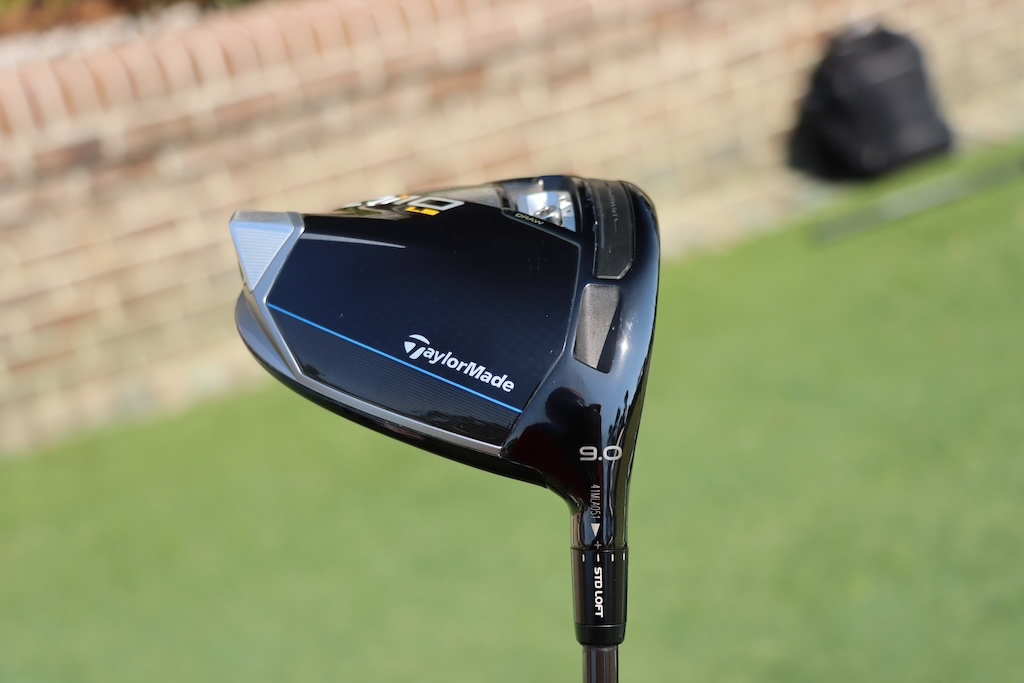
At The Masters, however, Rietveld said the duo found the driver head that allowed “zero compromise” on Morikawa’s preferred fade flight and spin. To match his preferences, they landed on a TaylorMade Qi10 LS 9-degree head, and the lie angle is a touch flatter than his former SIM.
“It’s faster than his gamer, and I think what we found is it fits his desired shot shape, with zero compromise” Rietveld told GolfWRX.com on Wednesday at the RBC Heritage.
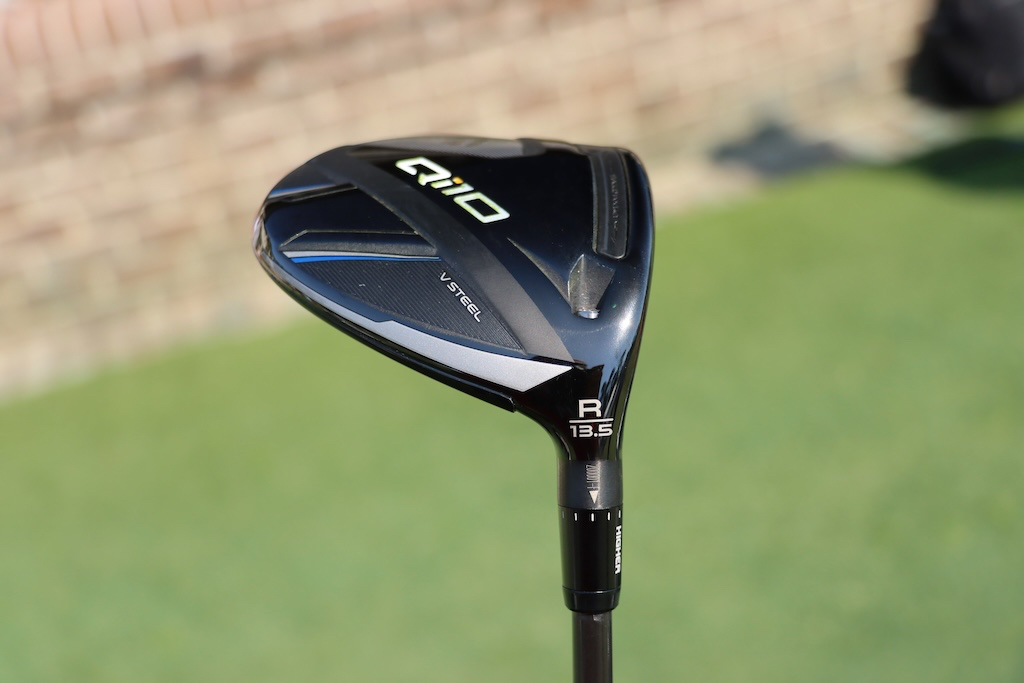
Then, to replace his former SIM rocket 3-wood, Morikawa decided to switch into the TaylorMade Qi10 core model 13.5-degree rocket head, with an adjustable hosel.
“He likes the spin characteristics of that head,” Rietveld said. “Now he’s interesting because with Collin, you can turn up at a tournament, and you look at his 3-wood, and he’s changed the setting. One day there’s more loft on it, one day there’s less loft on it. He’s that type of guy. He’s not scared to use the adjustability of the club.
“And I think he felt our titanium head didn’t spin as low as his original SIM. So we did some work with the other head, just because he liked the feel of it. It was a little high launching, so we fit him into something with less loft. It’s a naughty little piece of equipment.”

In addition to the driver and fairway wood changes, Morikawa also debuted his new “MySymbol” jersey No. 5 TP5x golf ball at The Masters. Morikawa’s choice of symbols is likely tied to his love of the Los Angeles Dodgers baseball team.
Not enough changes for you? There’s one more.

On Wednesday at the 2024 RBC Heritage, Morikawa was spotted with a new TaylorMade “Proto” 4-iron in the bag. If you recall, it’s the same model that Rory McIlroy debuted at the 2024 Valero Texas Open.
According to Morikawa, the new Proto 4-iron will replace his old P-770 hollow-bodied 4-iron.
“I used to hit my P-770 on a string, but sometimes the distance would be a little unpredictable,” Morikawa told GolfWRX.com. “This one launches a touch higher, and I feel I can predict the distance better. I know Rory replaced his P-760 with it. I’m liking it so far.”
See Morikawa’s full WITB from the 2024 RBC Heritage here.
- LIKE78
- LEGIT8
- WOW2
- LOL6
- IDHT2
- FLOP4
- OB3
- SHANK6
-

 19th Hole1 week ago
19th Hole1 week agoDave Portnoy places monstrous outright bet for the 2024 Masters
-

 19th Hole3 weeks ago
19th Hole3 weeks agoThings got heated at the Houston Open between Tony Finau and Alejandro Tosti. Here’s why
-

 19th Hole1 week ago
19th Hole1 week agoTiger Woods arrives at 2024 Masters equipped with a putter that may surprise you
-

 19th Hole2 weeks ago
19th Hole2 weeks agoReport: Tiger Woods has ‘eliminated sex’ in preparation for the 2024 Masters
-

 19th Hole5 days ago
19th Hole5 days agoTwo star names reportedly blanked Jon Rahm all week at the Masters
-

 19th Hole4 days ago
19th Hole4 days agoNeal Shipley presser ends in awkward fashion after reporter claims Tiger handed him note on 8th fairway
-

 19th Hole4 days ago
19th Hole4 days agoReport: LIV Golf identifies latest star name they hope to sign to breakaway tour
-

 19th Hole2 weeks ago
19th Hole2 weeks agoAddiction, spinal fusion, and scam artists – Everything Anthony Kim revealed in candid interview with David Feherty















WTH
Dec 13, 2020 at 12:35 am
You should start with which putter blade vs mallet and which neck configuration gets you best aligned to target at address.
Pulleyjk
Dec 7, 2020 at 5:25 pm
Ok fine. Now how do I determine if my stroke is straight or an arc? By the way I look at the hole during the stroke. Thanks for any help, I need it!
Ron Whitmore
Dec 7, 2020 at 5:19 pm
There are also toe-drop mallet putters on the market offering the best of both worlds for golfers.
Bob Pegram
Dec 8, 2020 at 2:01 am
And there are face balanced blade putters available as well. The MAJORITY of blades are not face-balanced and a rough estimate of 2/3 of mallet putters are face balanced. This article is too simplistic. The author should have explained how to test a putter to see if it is face balanced. It is easy. Just hold the putter in a horizontal position. find the balance point on the shaft where the putter stay on your finger. Then turn the face so it points skyward. If it will stay in that position without the toe turning downward it is face-balanced. Otherwise it is a toe-down putter – some at 45 degree or another angle, some straight down – 90 degrees.
ChipNRun
Dec 12, 2020 at 12:13 am
From what I have seen, it is easier to find face-balanced putters in mallets. I play the Ping Sigma G Tyne, a face-balanced one.
I had been trying to go SBST with a blade putter – an older Slotline Inertial – but it wasn’t faced balanced and I sometimes missed to right.
One thing on SBST, you have to let your right (trail) shoulder pendulum-release underneath for SBST to work. Any horizontal rotation and it doesn’t work.
A hard-to-find face-balanced mallet is one that’s center shafted. I tried one that a playing partner was using, and one in a golf shop. Interesting feel.
Tom Newsted
Dec 7, 2020 at 7:23 am
I think another part of this is the type of greens you play on. If you play a faster drier green the blade may be a better option but like Mr. Garcia said getting fitted and finding the putter that fits your game and not the putter you see on TV is critical.
Michael L Garcia
Dec 5, 2020 at 5:43 pm
Well I’m old enough to remember when today’s so called “blade” putters were considered anything BUT a blade. The Ping Anser was the furthest thing away from a blade putter one could imagine. Back in those days the Ping putters were known as Heel/Toe designs. Hardly a blade. A blade putter is what Phil plays. Heel shafted flange. 8802 style. No cavity, no heel weighting, no toe weighting. Just hilarious to me how sometimes the golf world can change things up. Rant over, thank you.